Blog
Phrygians, the Mysterious People of Anatolia: Brian Rose Interview
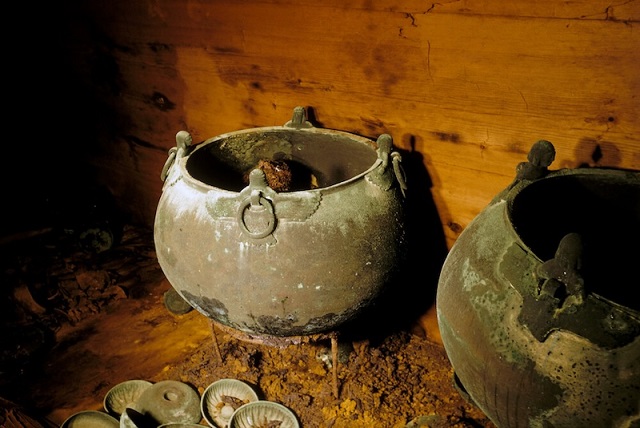
Even though the Phrygians ruled in Anatolia for many years, they are known as the mysterious people of Anatolia, because we know relatively little about them.
Erman Ertuğrul - www.arkeofili.com
We talked to the head of the excavation, Brian Rose, about Gordion, which was recently added to the UNESCO World Heritage List, and the Phrygians, the mysterious people of Anatolia.
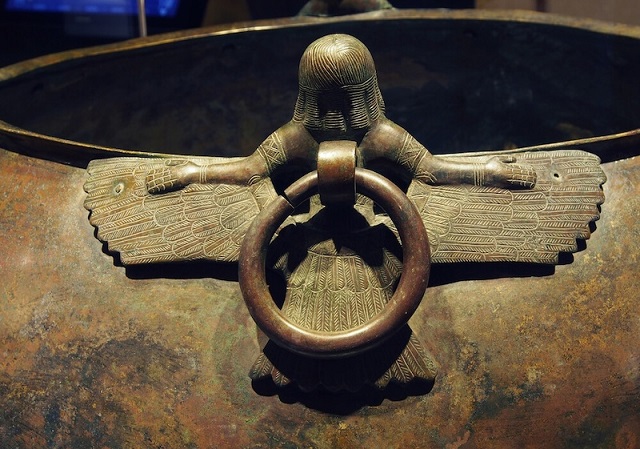
Bronz Kazan, yaklaşık MÖ 740. Gordion, Tümülüs MM. C: MoCT, Gen. Directorate of Cultural Heritage and Museums, Museum of Anatolian Civilizations (Ankara)
Even though the Phrygians ruled in Anatolia for many years, they are known as the mysterious people of Anatolia, because we know relatively little about them. But perhaps the most famous figure today is Midas, the Phrygian king who was said to have the golden touch.
Why did the Phrygians come to Anatolia, was the writing they used deciphered, who or what did they worship, how many tumuli do they have, whose remains are in the MM tumulus, did King Midas really turn what he touched into gold, did the Gordian knot really exist, why did the Phrygians disappear?
We asked the most frequently asked questions about the Phrygians, one of the important civilizations of Anatolia, and their capital Gordion, which is on the World Heritage List, to Brian Rose, who has been working in Gordion since 2007.
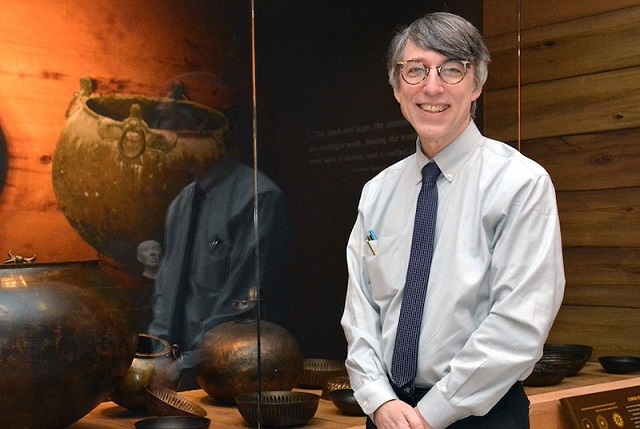
Prof. Dr. Brian Rose. C: Penn Museum
– Who were the Phrygians? Were they composed of the indigenous people of Anatolia or did they come from the Balkans? What information do we have to support this? Has a DNA study been conducted before or is there a study planned?
Brian Rose (BR): The Phrygians migrated to west central Anatolia from the Balkans in the 12th c. BCE. The evidence is ceramic, architectural, and linguistic. No DNA studies have yet been conducted, but I hope that they will be.
– What is the reason why we know so little about the Phrygians, who existed in Anatolia for a long time? Lack of research or the few surviving remains?
BR: We know a great deal about the Phrygians from Gordion, but not so much from other archaeological sites. However, the Phrygian site of Hacituğrul is now being excavated by Bahattin Celik, Head of Department of Ankara Yildirim Beyazit University, and we will soon know much more.
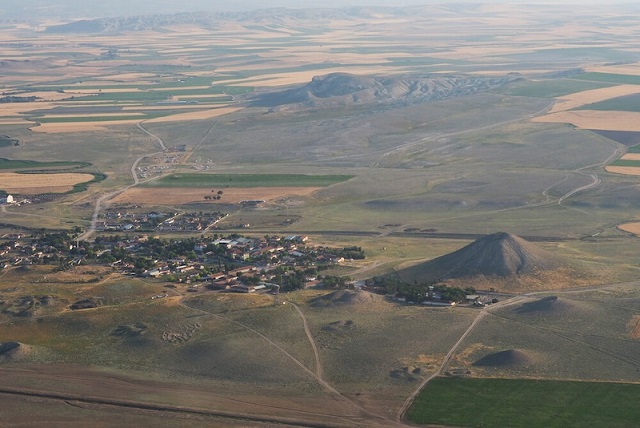
Yassıhöyük Köyü. C: Penn Museum Gordion Project Archives
– What do we know about the Phrygian writing system? Has it been fully resolved and do we have sufficient written records? What kind of things are generally mentioned in these inscriptions?
BR: Most of the Phrygian language has been translated, but there are not a lot of informative written records. Phrygian inscriptions tend to be short, without the kind of narratives that one finds in Greek, Hittite, and Luwian. The inscription to Midas at Midas City refers to him as wanax (king) and lawagetas (commander of the army).
– Why might the Phrygians have chosen Central Anatolia as their center? Was there a lack of central authority here?
BR: A major advantage was the proximity of the Sakarya (Sangarios) River, the third longest in Asia Minor.
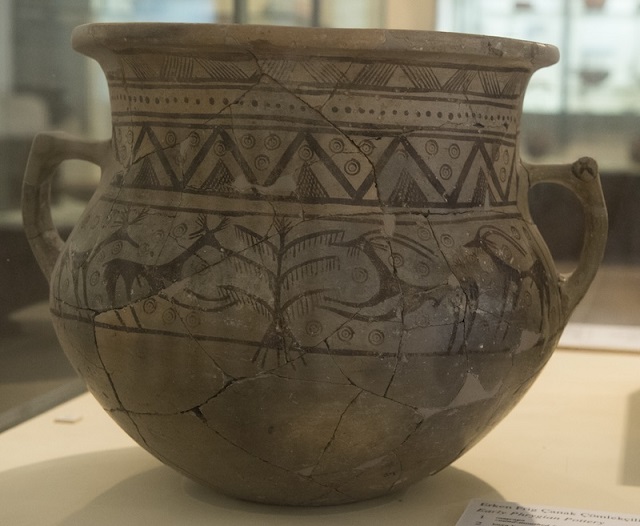
C: Wikimedia Commons
– What do we know about the belief systems of the Phrygians? Did they worship a mother goddess, or did they have many gods of equal importance? What kind of rituals might have been performed in areas such as Yazılıkaya? Are there other places like Yazılıkaya?
BR: The only deity referred to in the Phrygian periods (9th-4th century BCE) is Matar, who would ultimately acquire the names of Cybele and Magna Mater. Her cult seems to begin during the reign of Midas (late 8th century BCE) and it quickly spread through Asia Minor. The women depicted in the Painted House at Gordion (early 5th century BCE) are probably engaging in her rituals, which included playing music and dancing.
– There are many legends such as Midas with donkey ears, the Gordian Knot, the story of Gordias becoming king, Midas’ suicide, and Midas turning everything he touched into gold. Where do we learn these legends? Also, do we have any idea about the truth of these legends?
BR: The Gordian Knot was described by four ancient historians, and it must have existed. It was cut by Alexander the Great during his visit to the site in 333. The Golden Touch may be related to the golden color of the clothing of Gordion’s aristocrats. The stories of the suicide have no historical validity. We know of Midas from two sources: the annals of the kings of Assyria, and from later Greek legends.
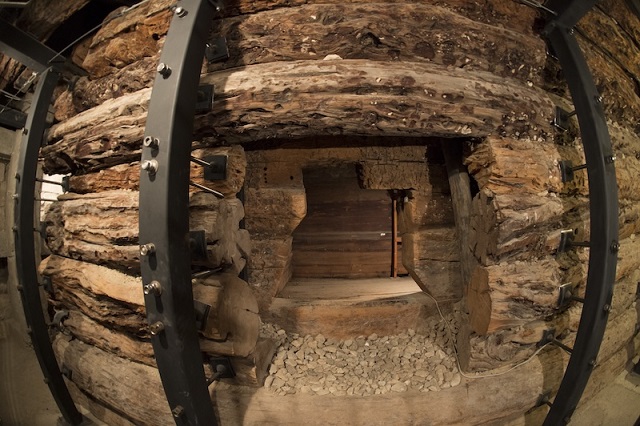
C: Wikimedia Commons
– What do you think is the most important contribution that the Phrygians brought to Anatolia? Is there any architecture, belief system, management system or technology that Anatolia was introduced to for the first time thanks to the Phrygians? Is the reason why we know the Phrygians for their detailed wood craftsmanship because only their wooden works have survived to the present day?
BR: The Phrygian contributions to Anatolia are many: the earliest decorated pebble mosaics; elaborate textiles with geometric designs; and the best of woodworking, which includes the oldest standing wooden building in the world.
– What are your research questions in the excavations carried out by you and your team in Gordion? What kind of archaeological remains do you find here? Remains of daily life or ruins of the ruling class?
BR: We have focused primarily of clarifying the city plan, but we have also investigated the defensive systems of the citadel from the 9th to the 4th centuries BCE. Our remote sensing results have shown that the city was far larger than we had suspected. The city gates we’ve uncovered are the best preserved Iron Age city gates in Anatolia.
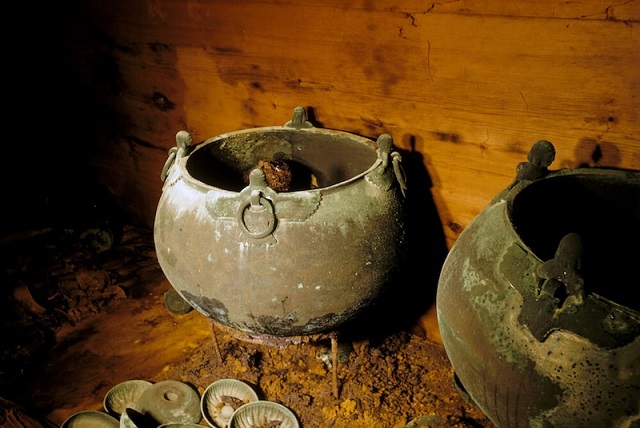
1957 yılında MM mezar odasının güney duvarında demir ayaklar üzerindeki büyük bronz kazanlar in situ olarak görülüyor. C: Penn Museum Gordion Project Archives
– Gordias, the founder of the Phrygian kingdom, and Midas, the subject of many legends, are known by the public. Why do we know only two kings of the Phrygians who reigned in Anatolia for a long time?
BR: If we had more inscriptions, we would know about more kings. One of our best sources of information are the Assyrian annals, and those stopped after the collapse of the Assyrian empire in the 7th century BCE.
– How many tumuli do we know to belong to the Phrygians? Whose remains did the MM tumulus, the most famous of these, contain? Are there any plans to excavate other tumuli?
BR: We have evidence for 130 tumuli surrounding the settlement. The MM tumulus contained the body of a 60-65 year old man who was probably Gordias, the father of Midas. We excavated a tumulus of 8th c. date in 2019 in partnership with the Ankara Museum and are now in the process of publishing it.
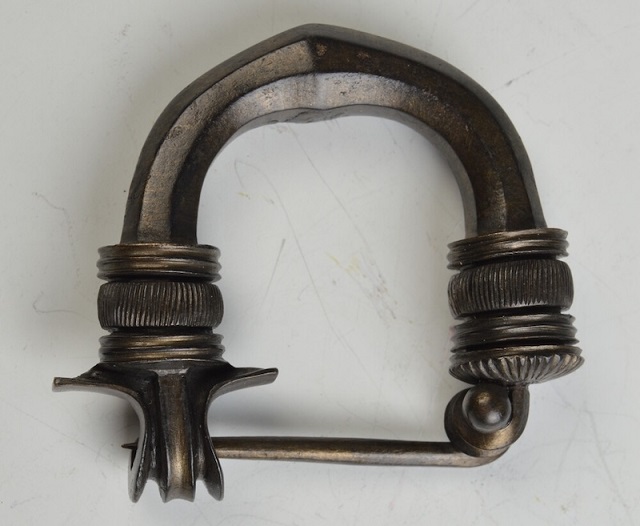
Kalkan Bronzlu Çift Pimli Fibula, yaklaşık MÖ 740 Gordion, Tümülüs MM. C: MoCT, Gen. Directorate of Cultural Heritage and Museums, Museum of Anatolian Civilizations (Ankara)
– Who were the neighbors of the Phrygians and what were their relations with other civilizations? How did Phrygians disappear?
BR: The Phrygians were surrounded by several powerful groups: Urartu at the northeast, the Neo-Hittite kingdoms at the southeast, and the Greeks and Lydians at the west. The Phrygians were also engaged in conflict with the Assyrians during the 8th century BCE. In the 3rd century BCE, a group of Celts entered Phrygia, and the name gradually changed to Galatia (in reference to the Celts).
– Recently, Gordion was registered on the UNESCO World Heritage List. How do you think this will affect Gordion and the recognition of the Phrygians? How will the work in Gordion progress?
BR: The UNESCO designation will make it easier for us to protect the site in future years, and our focus will shift primarily to architectural conservation. None of our progress would have been possible without the support of the Ministry of Culture and Tourism, and Ankara’s Museum of Anatolian Civilizations.
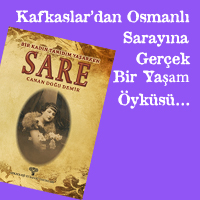
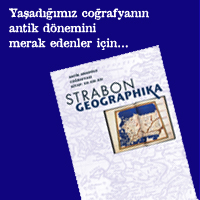
Bu yazı hakkında yorum bulunamamıştır. İlk yorumu siz ekleyebilirsiniz >